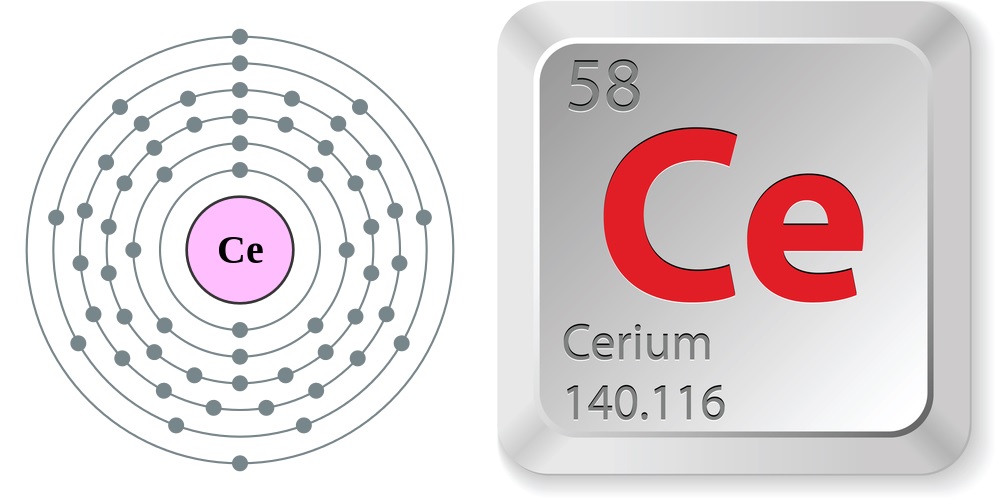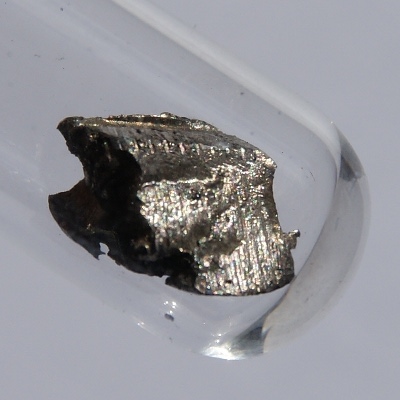Facts About Cerium

Word origin: Cerium is named after the dwarf planet Ceres, which was discovered in 1801, two years before the element.
Discovery: The element was discovered in 1803 by Jöns Jacob Berzelius and Wilhelm Hisinger and independently by Martin Klaproth.
Properties of cerium
Cerium is a grey lustrous metal that is malleable, and one of the most reactive of the rare-earth metals, also called lanthanides. [See Periodic Table of the Elements]

It oxidizes readily at room temperature. It can decompose slowly in cold water, and very rapidly in hot water. The metal can be attacked by alkaline solutions, dilute and concentrate acids. When scratched with a knife, the pure metal of cerium may ignite.
Sources of cerium
Cerium is one of the most abundant of the rare-earth metals. It is found in several minerals, including allanite or orthrite, monazite, bastnasite, cerite and samarskite. Large deposits of cerium have been found in India, Brazil and in Southern California.
Metallic cerium is obtained through thermal reduction techniques and produces highly pure versions of the element.
Uses of cerium
Cerium is a component of mischmetal, used in the manufacture of alloys for cigarette lighters.
Cerium oxide is used in incandescent gas mantles, as a glass polishing agent and as a catalyst in self-cleaning ovens.
Cerium is also extensively used in the film and television industry in carbon arc lighting for studio lighting and projector lights.
(Source: Los Alamos National Laboratory)
Sign up for the Live Science daily newsletter now
Get the world’s most fascinating discoveries delivered straight to your inbox.











